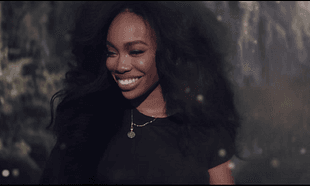Rowena Dring's palette comprises hundreds of individual hues of fabric she has assembled over the course of years. Her line, stitched with a normal sewing machine, describes volume and contour, nearly as expressive as a mark drawn by hand. Her depictions of the American West echo those of painters from a hundred years before, like Thomas Moran, who famously immortalized the Grand Canyon in pictures. The images in Joshua Tree and Other Stories were first recorded, as Wolin has observed, when “the artist (and this author) set off on a road trip, that quintessentially American excursion. This journey across a portion of the American West resulted in a new group of works. . . . [that] displayed ostensibly wild landscapes, lacking people or obvious signs of their presence. The dense foliage of fan palms reflects the bright desert sun and casts deep shadows onto the pool fed by natural springs at the Oasis of Mara without a sign of human habitation, even though the pool is in actuality surrounded by the buildings of the 29 Palms Inn. The massive rock formations at Joshua Tree National Park bask in the soft glow of early twilight with no evidence of the hikers that swarm around them. Even the Grand Canyon. . . lacks the tourists and amenities that comprise regular counterpoints to its geologic grandeur.









































































